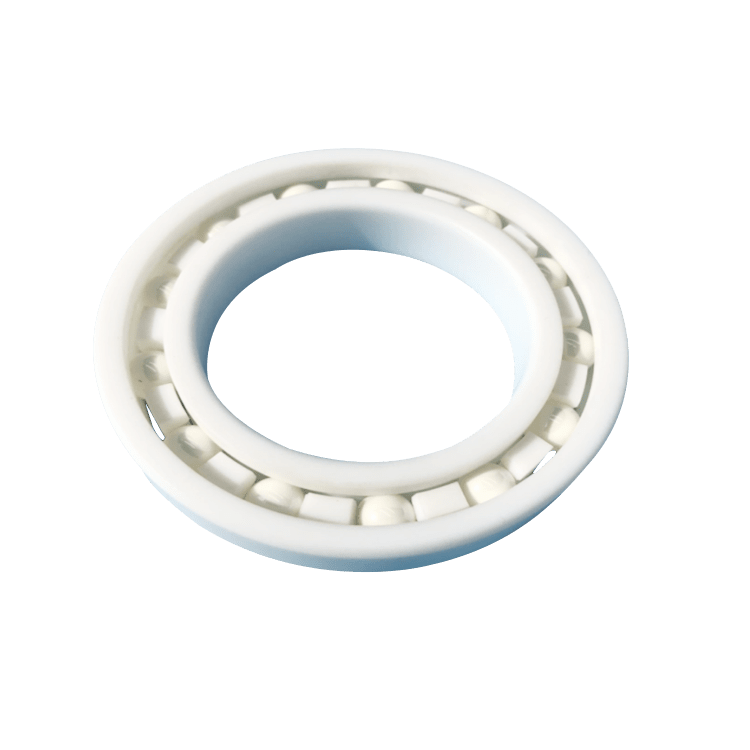Welcome to Tarso, professional special bearing manufacturer
A bearing is made up of three main parts: rolling eleme […]
A bearing is made up of three main parts: rolling elements, cage, and caged inner and outer rings. They are fixed within the cage to prevent them from moving or falling out during rotation. The cage also acts as a lubricant, which reduces friction and helps the bearing last longer. Additional optional components include shields and seals. Listed below are three common types of cages. Learn about these three components and what each one does to enhance a bearing's performance.
The outer ring is the larger ring of the bearing. It has a groove molded into its inner diameter and is made of the same high-precision materials as the inner ring. Usually, the outer ring is stationary. Rolling elements separate the inner ring from the outer one, allowing the bearing to rotate with minimal friction. Their dimensions are controlled to an extremely high degree. A bearing can be made stiffer or softer, depending on the type of load it will encounter.
Non-metallic bearing materials have a variety of properties that make them an ideal choice for a wide variety of applications. They have lower heat conductivity than metals and are very affordable. In addition, non-metallic bearing materials are highly resistant to chemicals and are high-temperature stable. These components are made from a wide range of materials, including plastic, rubber, and carbon graphite.
In order to make a bearing, you must understand its three major components. In addition to the three components, there are also the outer and inner races. The rolling elements form the outer race of a bearing. They can either be spherical or cylindrical. Ball bearings are more common and can be used for heavier loads, while roller bearings are typically cylindrical and are more efficient for linear motion.
Ball bearings, or cylindrical roller bearings, are among the oldest types of bearings. Their names derive from the rolling element they contain. They are used to transmit radial and axial loads. Electrical motors, for example, have a free-rotating shaft, and ball bearings connect the housing to the shaft. A ball bearing contains a ring of balls that are trapped between two races, and held in place by a retainer. Because of their low rolling friction and low noise level, ball bearings are ideal for high-speed applications.
As mentioned above, bearings are available in different forms, and each has its own unique characteristics. While ball bearings are the most common type, there are many subtypes and types of roller bearings. Each type is used for specific applications. Some manufacturers offer industrial products and even X-life seals.

Advantage Of PTFE Anti-Corrosion Plastic Bearing
1. Excellent chemical stability;
2. Corrosion resistance, It is inert to most chemicals and solvents, and can withstand strong acids and alkalis, water and various organic solvents;
3. Excellent temperature resistance, can be used for a long time at -40~120ºC;
4. Excellent aging resistance, long aging life;
5. High self-lubrication, Very low coefficient of friction among solid materials;
6. Non-stick properties,does not adhere to any substance;
7. Non-toxic and physiologically inert.